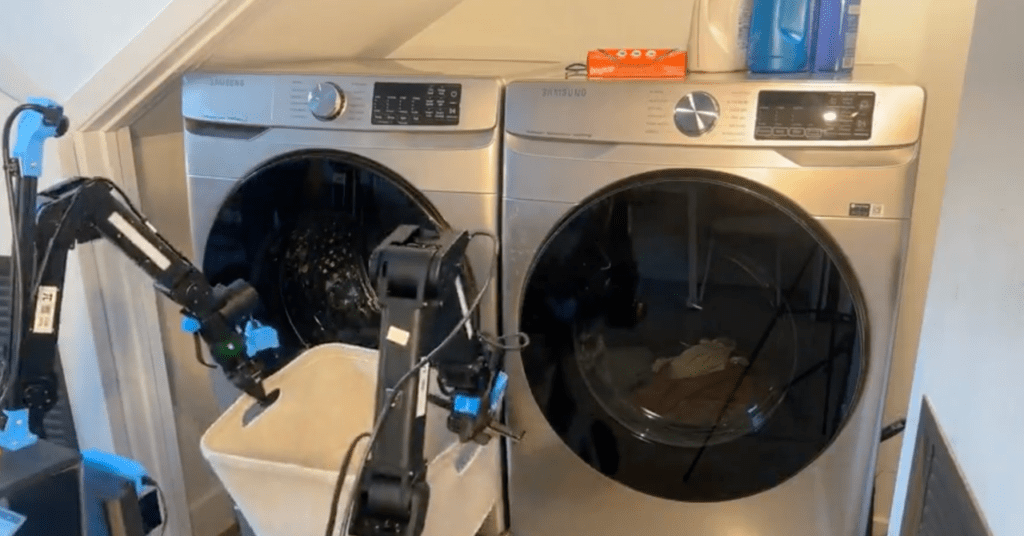The Future of Robotics: Transitioning from Dumb Machines to Versatile Helpers
In recent years, artificial intelligence (AI) has made incredible strides, yet the robots populating our factories and warehouses often appear stuck in the past. While these machines can perform specific, well-defined tasks with impressive precision, they often lack the ability to adapt or respond to their surroundings in real-time. The few industrial robots that boast some level of vision and dexterity are still limited when it comes to their capabilities, primarily due to a deficiency in what experts call "general physical intelligence."
The Potential of More Capable Robots
Imagine a world where robots can handle an array of industrial tasks after a simple demonstration. This vision holds great promise, especially when considering the unpredictable nature of human environments, like bustling homes filled with chaos and clutter. More adaptable robots could significantly ease our workload, taking on various chores with ease.
The excitement surrounding AI advancements has fueled a wave of optimism within the robotics community. For instance, Elon Musk’s Tesla is developing a humanoid robot named Optimus, which Musk recently hinted could be available for $20,000 to $25,000 and capable of performing most tasks by 2040. This potential game-changer could revolutionize how we think about automation in everyday life.
A New Approach to Robot Learning
Historically, teaching robots to tackle complex tasks involved focusing on training a single robot for a single task. It seemed that the skills and learning weren’t transferable. However, recent research has shattered that perception. A 2023 project from Google called Open X-Embodiment has shown that learning can indeed flow between various robots, as seen through the collaboration of 22 robots in 21 different research labs.
Physical Intelligence is one company exploring new avenues in robot learning. However, they face a significant hurdle: the scarcity of extensive robot training data compared to the vast text datasets used for large language models. As a result, Physical Intelligence has crafted unique techniques to enhance learning through smaller datasets. Their innovative approach combines vision-language models—trained on both images and text—with diffusion modeling, a technique drawn from AI-driven image generation. This hybrid methodology is paving the way for more generalized robot learning.
Moving Toward Versatility
For robots to accept any task humans ask of them—whether it’s washing the dishes or sweeping the floor—it’s clear that we need to scale this kind of learning considerably. While there is still a considerable journey ahead, experts like Levine express optimism by pointing out that we now possess a foundational "scaffolding" to build upon for future advancements.
A Glimpse into the Future
Consider your home—every day it likely presents a new mess, a different set of chores, and an intricate web of tasks needing attention. The potential for robots to navigate this dynamic environment could be transformative. From helping with the grocery haul to ensuring the house stays tidy, these machines could soon be invaluable allies in our daily lives.
Conclusion: The Road Ahead
The advancements in robotics hold tremendous promise, catapulting us into an era where machines could handle an extensive variety of tasks. As research continues to evolve, the prospect of integrating intelligent robotics into our homes and workplaces becomes more tangible.
The AI Buzz Hub team is excited to see where these breakthroughs take us. Want to stay in the loop on all things AI? Subscribe to our newsletter or share this article with your fellow enthusiasts.




